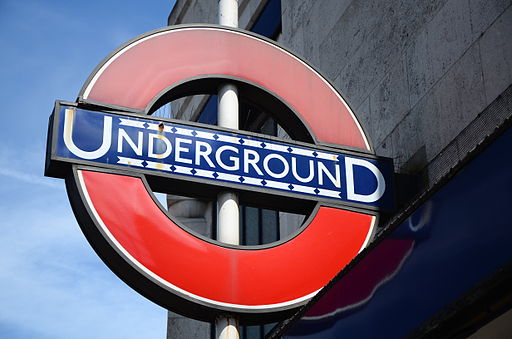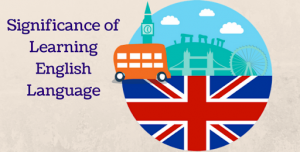If you live or visit London you can’t get away from TFL: Transport for London. Most people complain about it, but the truth is moving around London can be very easy, if you know how!
A lot of our students ask us about paying, how the Oyster works and what time transport works, if children have to pay, and many more things. So today we are starting a series of posts all about tips on using the tube, the bus, the train and all other forms of public transport available in London. And there may be more than you think!
First some history and interesting trivia (for those pub quizzes)
The official name of the Tube is London Underground, but people just call it the Tube because it looks like a long tube. This nickname can even be found on official ads and papers. The Tube system is so large that it has 270 stations and in some places it goes out of London into Buckinghamshire, Essex and Hertfordshire! But when it first opened in 1863 there was only one short line from Bishop’s Road (now Paddington) to Farringdon Street (now Farringdon), and it only had 7 stops. It was so popular that after a few months extensions began construction and in 10 years it already had 26 stops. At first people where scared of the underground, but it is actually one of the safest (and fastest) ways to travel. In over 150 years since the Tube opened there has only been 8 serious accidents, that’s 1 every 19 years and most of those only caused minor injuries to passengers.Tickets and fares
You always need to pay to use the Tube. If you don’t pay you can get fined up to £80 plus the price of the ticket. And if you use the wrong ticket you can even be considered a criminal and you have to go to court. If you are travelling with kids, children under 11 travel for free (use the big gates to get in and out). Children between 11 and 15 pay a reduced fare but they need a special Oyster card, you can ask about this at any station. There’s basically two ticket types: single trip and travel card. And there’s also three ways to pay: paper, oyster and contact-less.- A single trip is the most expensive way to travel, but good if you don’t use the Tube a lot. You can buy a paper ticket from any ticket machine, use an oyster (but you need to top-it up first in a machine or online if it’s registered) or use any contact-less technology: a bank card (foreign cards work too, but check exchange rates!), Apple pay or any of several phone apps.
- A travel card is the best option if you are going to be doing the same trip a lot. You can get it on paper, but it’s better to do it on an oyster. When you buy it you have to choose which zones you want the travel card for and how long it is for (from 1 day to 1 year)
Opening times
All lines start and finish at different times, but most start at around 5 am and finish at 1 am. Some parts of the Tube operate a 24-hour service: the Jubilee and Victoria line, and some sections of the Central, Northern and Piccadilly.Top 5 tips for using the Tube
- The Tube is always being repaired or improved (or broken), so always check the state of the line you need to use before leaving. There are several apps to check, the TFL website and all the breakfast and local news give information about any problems. This is especially important during the rush hour and weekends.
- On the escalators go the right if you want to stand, and the left if you want to walk. People will get upset with you if you go on the wrong side! If you have big bags, try to keep them on the side, or they will get pushed.
- Take a drink with you. The Tube can get very hot, especially during peak time at summer. So make sure you have a drink, sugary and cold is better.
- 7.30 to 9.30 and 17 to 19 are the peak or rush hour times. The Tube can be very very busy and sometimes people have to wait for 2 or 3 trains before they can get in. Avoid those times if you can, and if you can’t give yourself at least an extra 20 minutes.
- Staff is there to help you. If you get lost: ask. If you don’t know which train to get: ask. If you don’t know how to pay: ask.






